When you purchase through links on our website, we may earn a commission. Affiliate disclosure.
In this article, I’m going to be looking at ways you can improve your electric bike range, without buying a bigger battery. One of the biggest deciding factors people think of when buying an e-bike is battery range. There are lots of variables to consider when working out the range of your battery, and there are lots of things you can do to maximise this. In this article, I’ll be sharing 9 tips on how to do this.
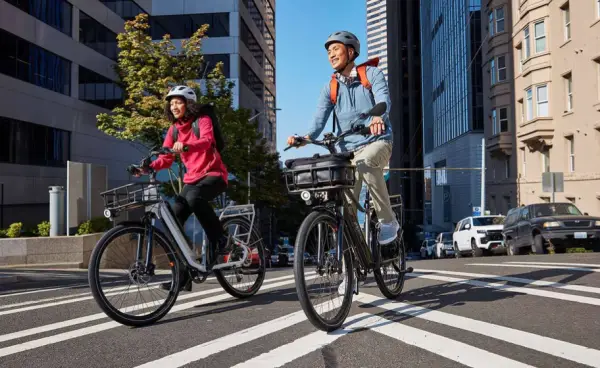
What Variables Affect E-Bike Battery Range?
Lots of things can affect the range of your e-bike battery, some obvious, and some not so obvious. Even things like tyre pressure can have a cumulative effect on the range over a given distance. Below I’ve listed all the key variables.
- Assist level used – e.g. eco/tour/turbo
- Rider weight
- Bike weight
- Extra luggage – e.g. panniers, drinks bottles etc.
- Wind direction
- Aerodynamics – bike and clothes
- Terrain – flat or hilly?
- Pedalling cadence (applies to mid-drive motors)
- Pedalling effort
- Tyre choice
- Tyre pressure
- Components – gearing, wheel bearings
- Cleanliness of components
How to Increase Electric Bike Range – 9 Top Tips
1. Only use the Assist When You Need
Assuming you have a good idea of your e-bike range already. If you’re planning on a longer ride than usual and are concerned you might run out of battery before the end of your ride, you will need to be more frugal with the assist.
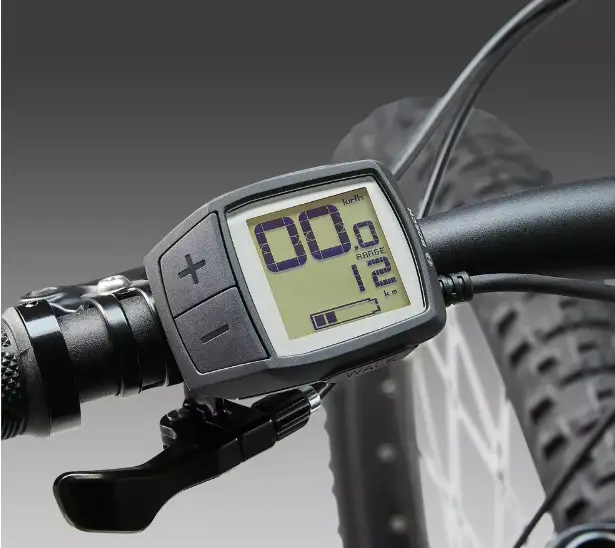
If you’ve planned your route using an app like Komoot or Strava, you should have a good idea of any steep hills on the route. What you need to do is turn the assist to zero, when on easy parts of the ride. When riding slightly downhill or on the flat with a good tailwind, you should be able to turn the assist off and ride as normal.
You may have to pedal without the motor for more than you’d like, but saving the assist for the challenging parts of the journey will be better than getting a few miles from home and having to negotiate a steep climb without battery power.
2. Look After Your Battery
This won’t necessarily increase your range but will help maintain it. Looking after your battery is one of the easiest things you can do to maximise range potential. You should always store your battery at room temperature. Don’t charge a battery to 100% and leave it unused for some time. Conversely, never store a depleted battery for any length of time as this could irreparably damage it – if you’re not using your battery for a while it should be charged to at least 60% (but not fully).
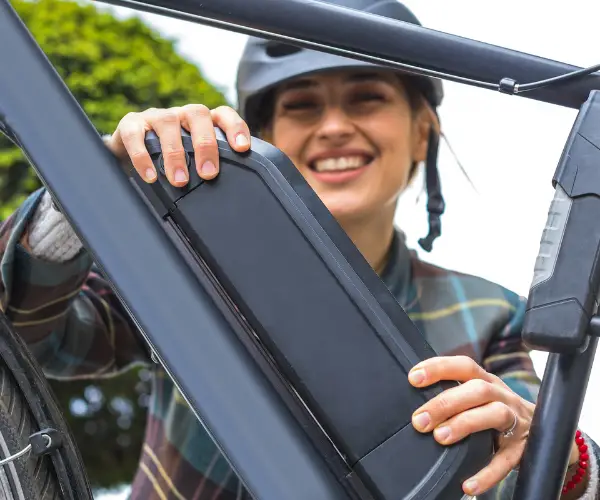
In cold weather, you shouldn’t charge your battery at low temperatures. Bring the battery indoors, let it warm up to room temperature, and then charge it. Lithium cells don’t perform as well in cold temperatures, so in the winter expect a 20% range reduction.
3. Check Your Tyre Pressures
This is one of the easiest ways of increasing your e-bike battery range. You’ll get much better mileage with properly inflated tyres. Under-inflated tyres increase rolling resistance and drag, so the motor will be working harder and draw more energy from the battery.
Invest in a good track pump and check your pressures before you head off. Also, find out the best tyre pressure for your weight. Generally, heavier riders will need slightly higher pressures in their tyres.
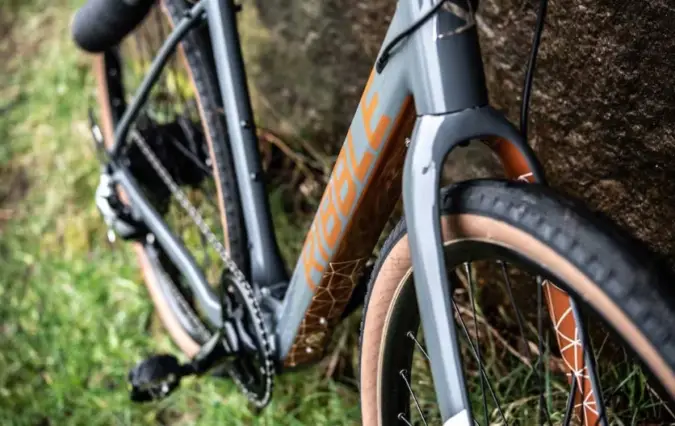
Tyre’s choice will also have an impact. If your journey is going to be on well-surfaced tarmac, then you don’t want to be riding with knobbly mountain bike tyres – these are heavy and the increased rolling resistance will affect battery range over time. I would recommend a more road-friendly tyre with a less aggressive tread. Check out some of the best tyres for electric bikes here.
4. Travel Light
Whilst it’s important to make sure you’ve got plenty of water on a long bike ride, 1 litre of water weighs 1kg. If it’s a hot day, I would take no more than two bottles at the most, and factor in a shop stop or two. Just make sure you take your bare essentials like a toolkit, spare inner tubes etc.
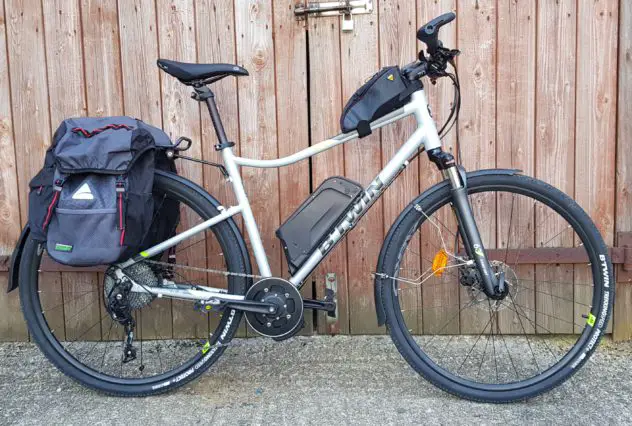
5. Check the Weather/Wind Direction
When riding a circular route, at some stage of the ride you’re going to have a good tailwind. I would check the weather forecast for the day and try and plan your route so you’ve got a tailwind for a large part of the ride. This will make a big difference to your range as you should be able to ride more with the assist off.
6. Ride a Flatter Route
Hills sap the energy from a battery, especially if you use full power. The difference in range on a flat vs hilly route can be quite substantial. Most routing apps will have the option to minimise elevation gain, so you can avoid the steep and long hills.
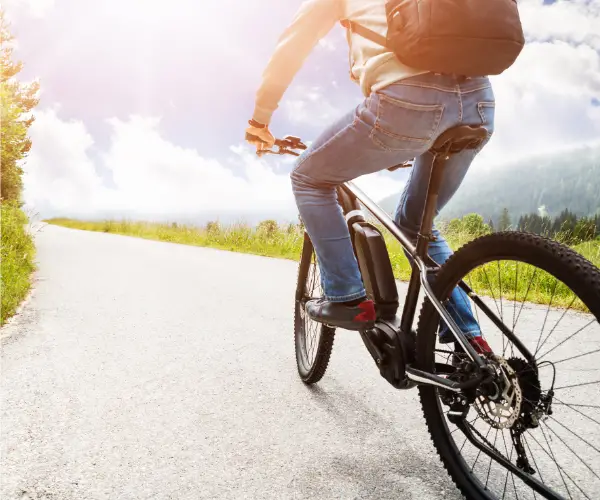
7. Ride at a Higher Cadence
This only applies to mid-drive motors. Most modern manufacturers like Bosch and Shimano recommend higher cadences (pedalling rpm) for optimum efficiency. Some of these e-bike systems even have a built-in cadence sensor, so you can monitor your pedalling speed in real-time. Check out the Bosch range calculator, which takes this into account – the potential range increase can add up to a few miles over a long ride.
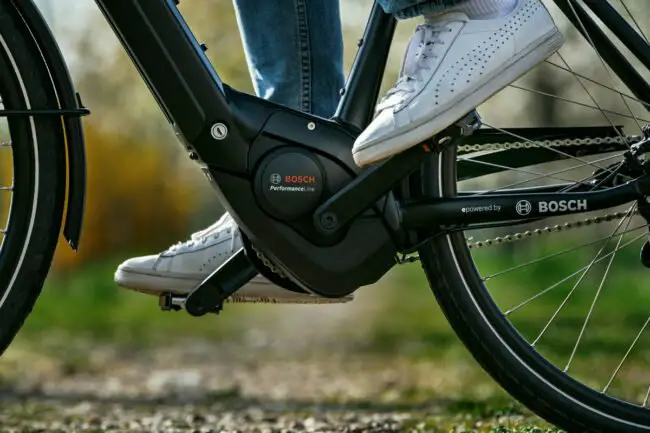
8. Maintain Your E-Bike Properly
You’d be surprised how many watts can be saved just by keeping your drivetrain clean and well-lubricated. I’ve seen lots of e-bikes in a neglected state with worn chains and thick muck clogging up the derailleur. If you ride your e-bike in the winter this is especially important.
Have a bike shop periodically inspect your wheel bearings, as worn bearings will increase drag and reduce battery range. I recommend cleaning your electric bike regularly, especially if you have been riding off-road. This will not only help to maximise efficiency but will also add to the longevity of the components.
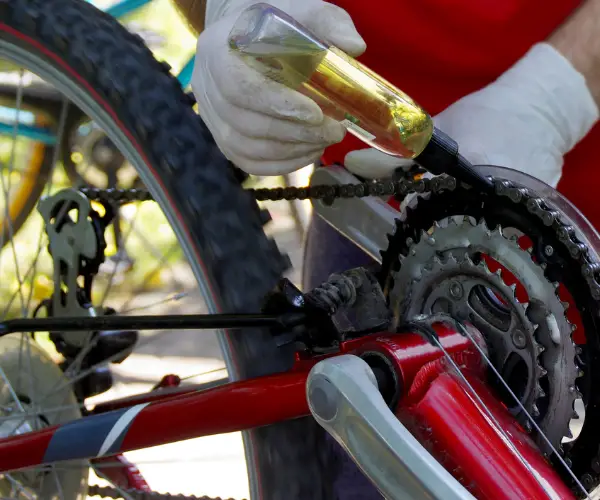
9. Fitting Better Components
This can prove to be very costly, and I always recommend getting an e-bike with suitable components to start with. But, you can maximise your motor efficiency by fitting better components like wide-range gearing, and lighter, more aerodynamic wheels.
The problem with this approach, is quality bike components are very expensive and if it’s an increase in battery range you’re after, then you’d be better off just buying a spare battery.
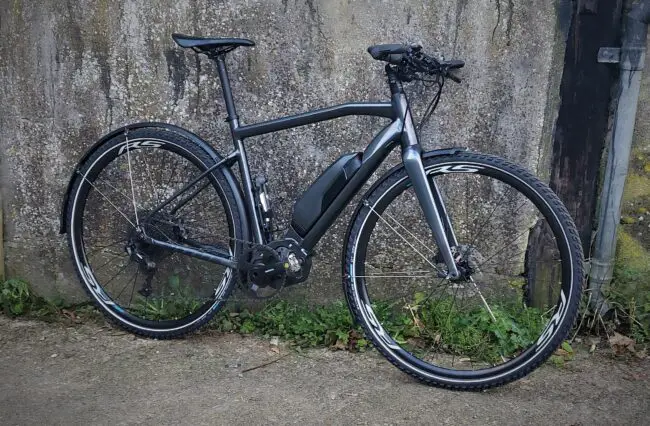
My e-bike weighs just over 17kg (without the rack and mudguards) and I could easily reduce that weight by around 2kg just by fitting lightweight wheels, tyres and maybe some carbon fibre finishing kit. But, this lot would cost me over £600 (more than the cost of a spare battery) and the range savings would be marginal. The main benefit of reducing the weight of your e-bike would be to make it slightly easier to pedal without the assist.
Conclusion
I always recommend buying an e-bike with slightly more battery range than you think you’ll need. Over time you may get more adventurous and ride longer, more challenging routes – it’s better to have it and not need it than need it and not have it!
With modern electric bikes now having various battery options, it’s always worth spending maybe a little more for the more powerful battery. If you have brought an e-bike to get fit, then you will find over time that your range will increase, as you rely less on the motor.
If, like most people, you’ve purchased an e-bike for leisure riding or commuting, then following some of the advice above will help you maximise the range of your battery. If I had to select my top tips, it would be tyres pressures and maybe being more frugal with the power. I can squeeze nearly 100 miles out of a 500Wh battery when most e-bike owners I know are doing half that – but I also ride a regular bike, so I generally don’t rely on the assist as much.
Whatever you decide to implement, there are always a few extra miles to be squeezed out of your battery.
Thanks for reading and I hope you find this information useful. If you have any tips to add, please use the comments section below.

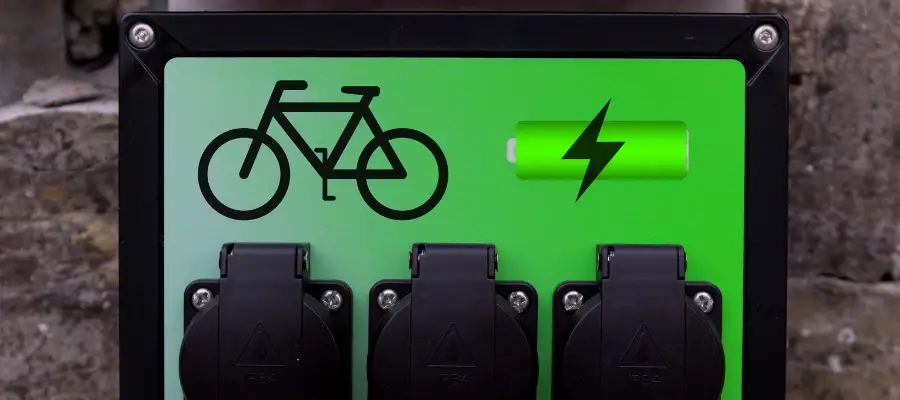
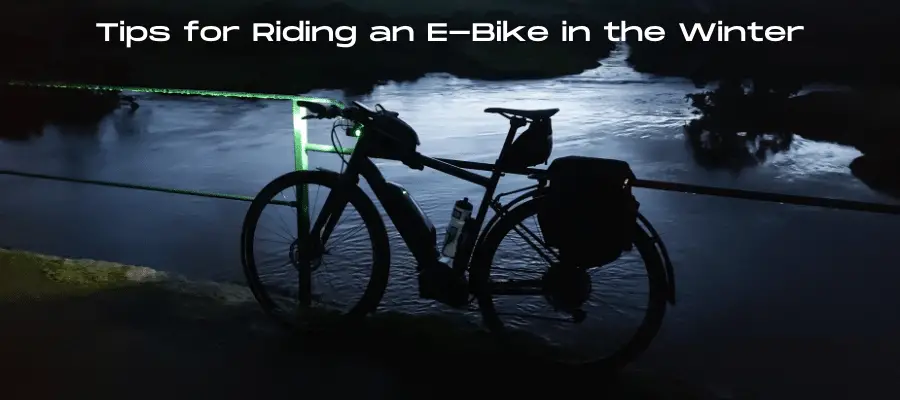
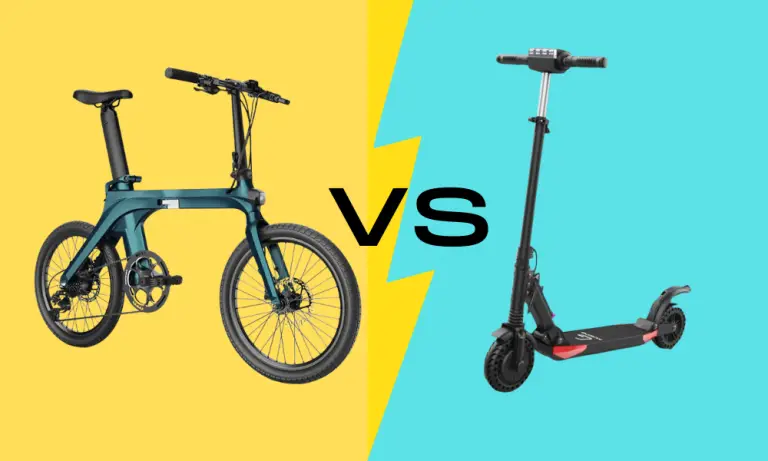
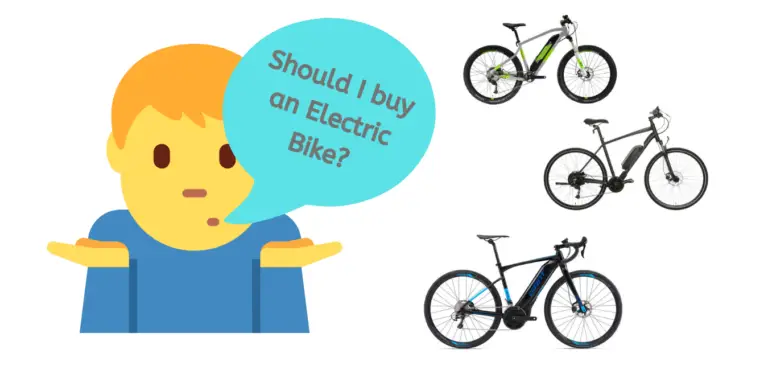
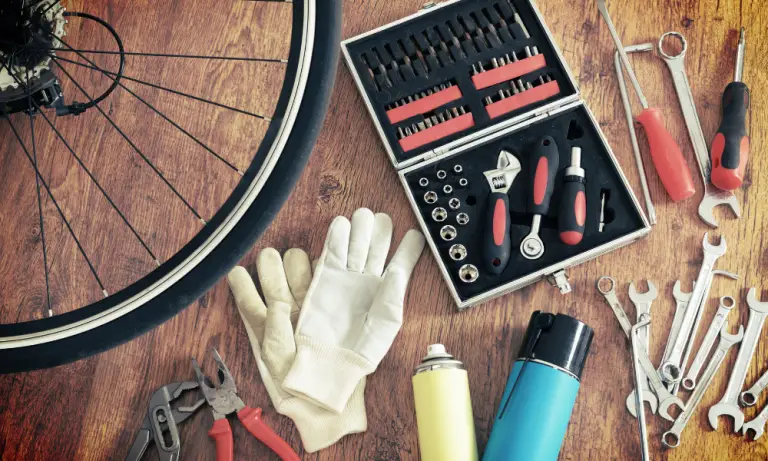

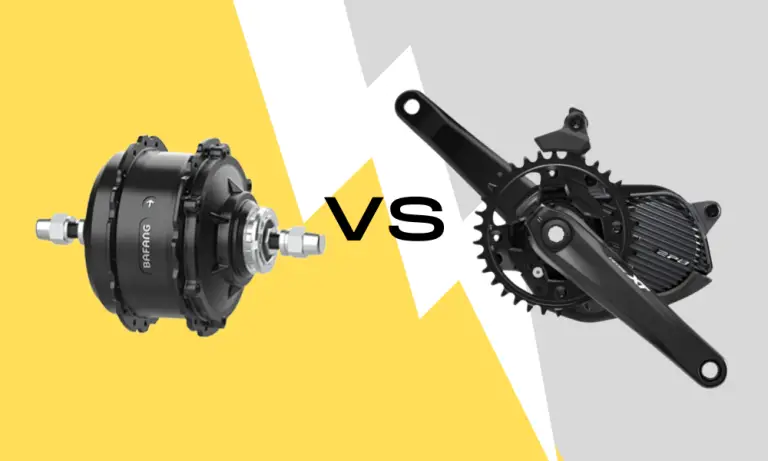
Ich habe auch gehört, dass man den Akku nicht für eine längere Zeit ungeladen herumliegen lassen soll. Das hat mir ein Freund gesagt, der Fahrradmechaniker ist. Als ich das hörte, war ich sehr überrascht. Ein Handy kann man ja auch länger ungeladen lassen, oder nicht?
Sie können Batterien normalerweise stehen lassen, wenn sie noch mindestens 30 % Ladung haben. Aber wenn die Batterie leer gefahren wurde, sollte sie nicht für längere Zeit stehen gelassen werden, da dies die Zellen beschädigen kann (aufgrund der Spannung, die unter sichere Werte fällt).